Author: Jan
-
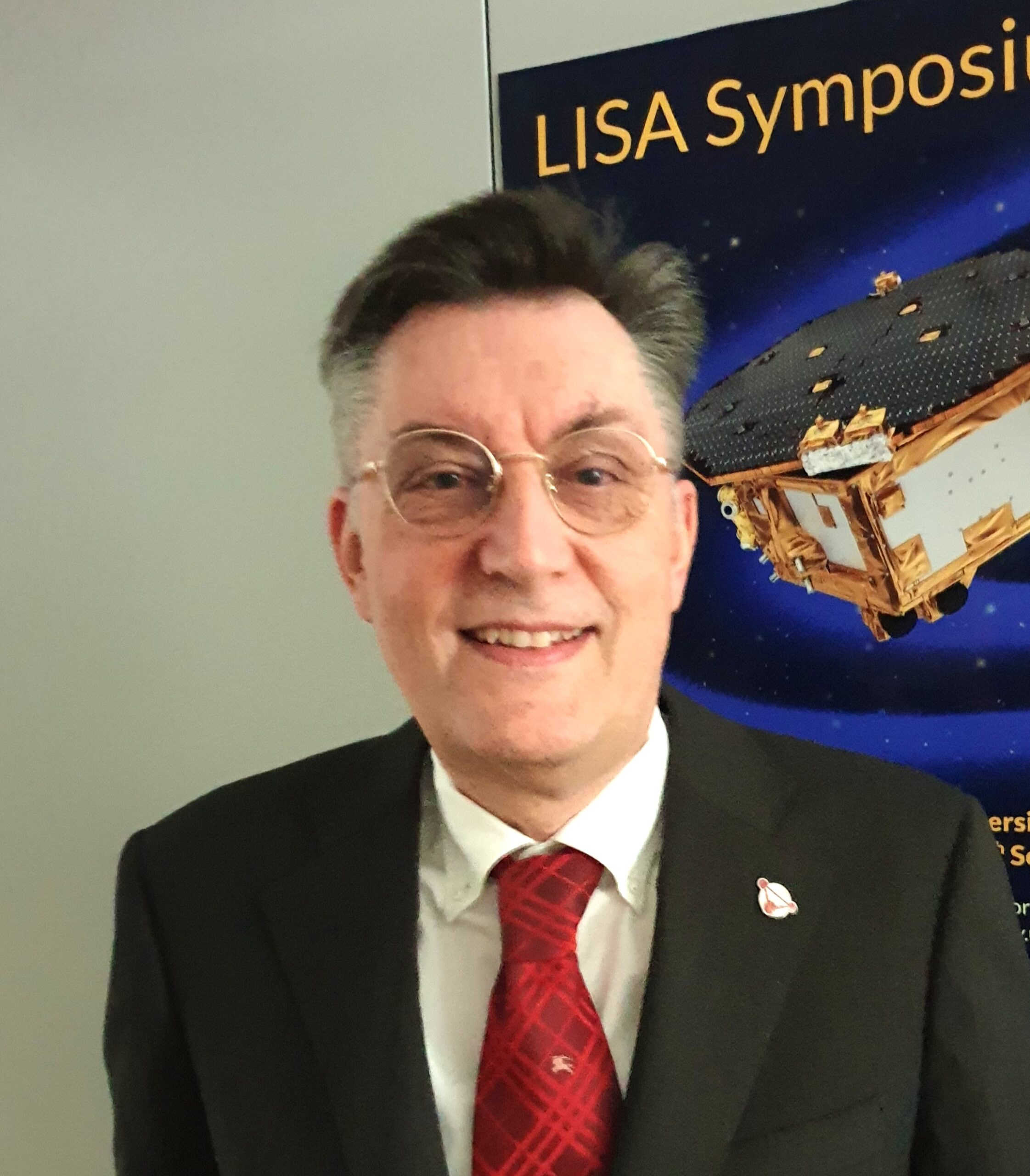
Gravitational Waves: A New Window to Explore the Universe
Prof. Dr. Philippe Jetzer, Professor of Gravitation and Astrophysics at UZH The discovery in 2015 by the LIGO collaboration of the first gravitational wave signal from coalescing black holes, the detection of many more since than including also the coalescence of two neutron stars event, opened a new window to explore the Universe. I will…
-
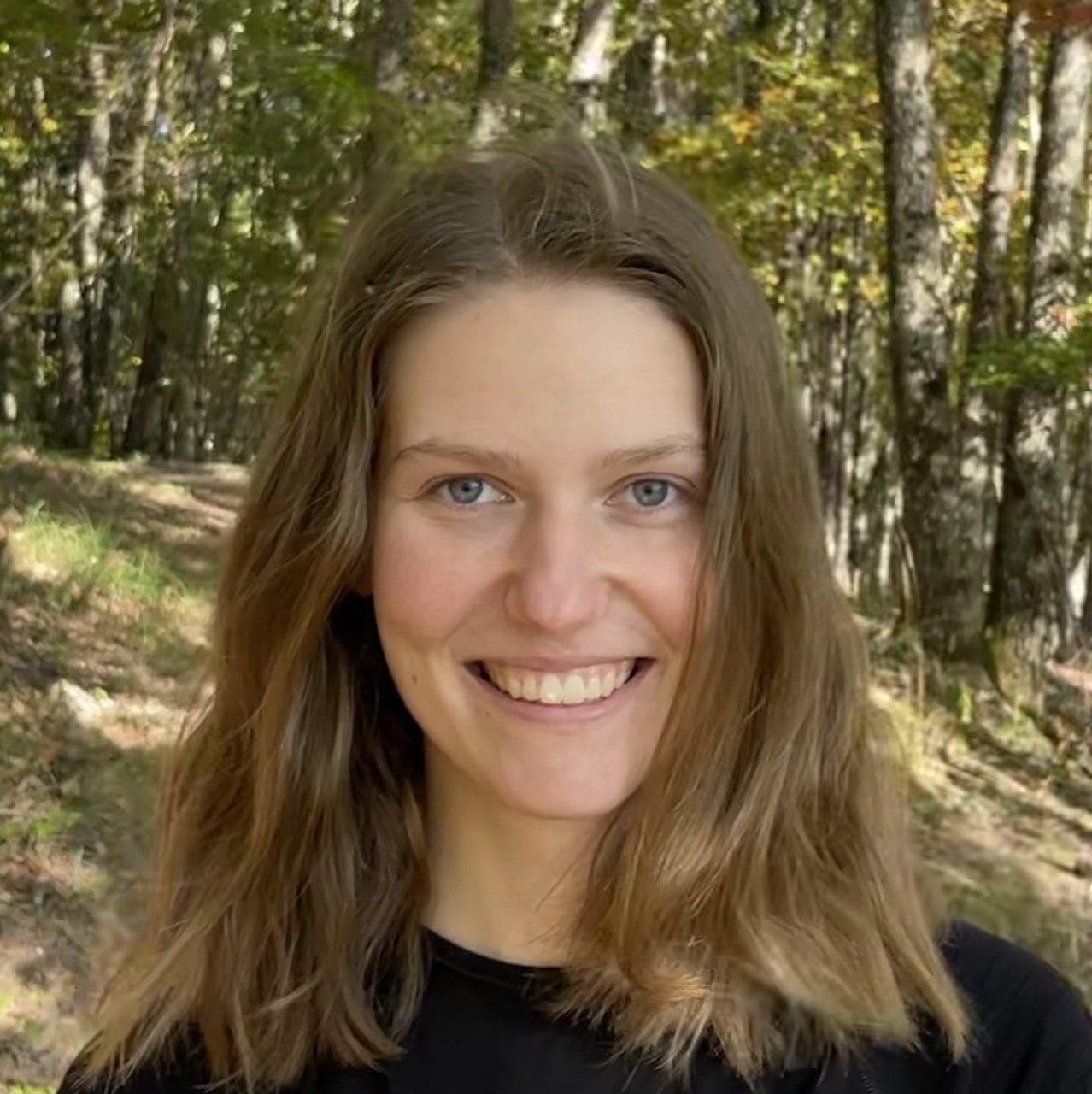
Dynamical Phase Transitions in Opinion Dynamics
Freya Behrens, PhD student at EPFL The cavity method is a powerful tool from statistical physics that helps us understand complex systems made of many interacting parts, like spin glasses or social networks. Traditionally, it has been used to study the long-term behavior of these systems when they are in equilibrium. However, it is much…
-
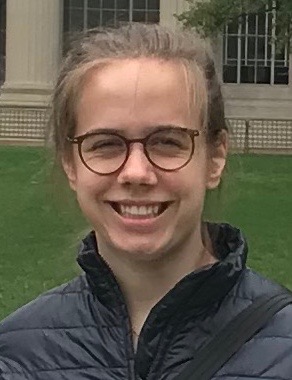
Simulating Topological Condensed Matter Phenomena Using Topological Metamaterials
Caroline Tornow, PhD student at ETH Topological insulators behave like insulators in the bulk. At their edges, however, they possess stable, topologically protected conducting states. These characteristics were originally thought to be pure quantum effects. However, about a decade ago, Süsstrunk and Huber showed that they can also be observed in artificial, purely classical systems,…
-
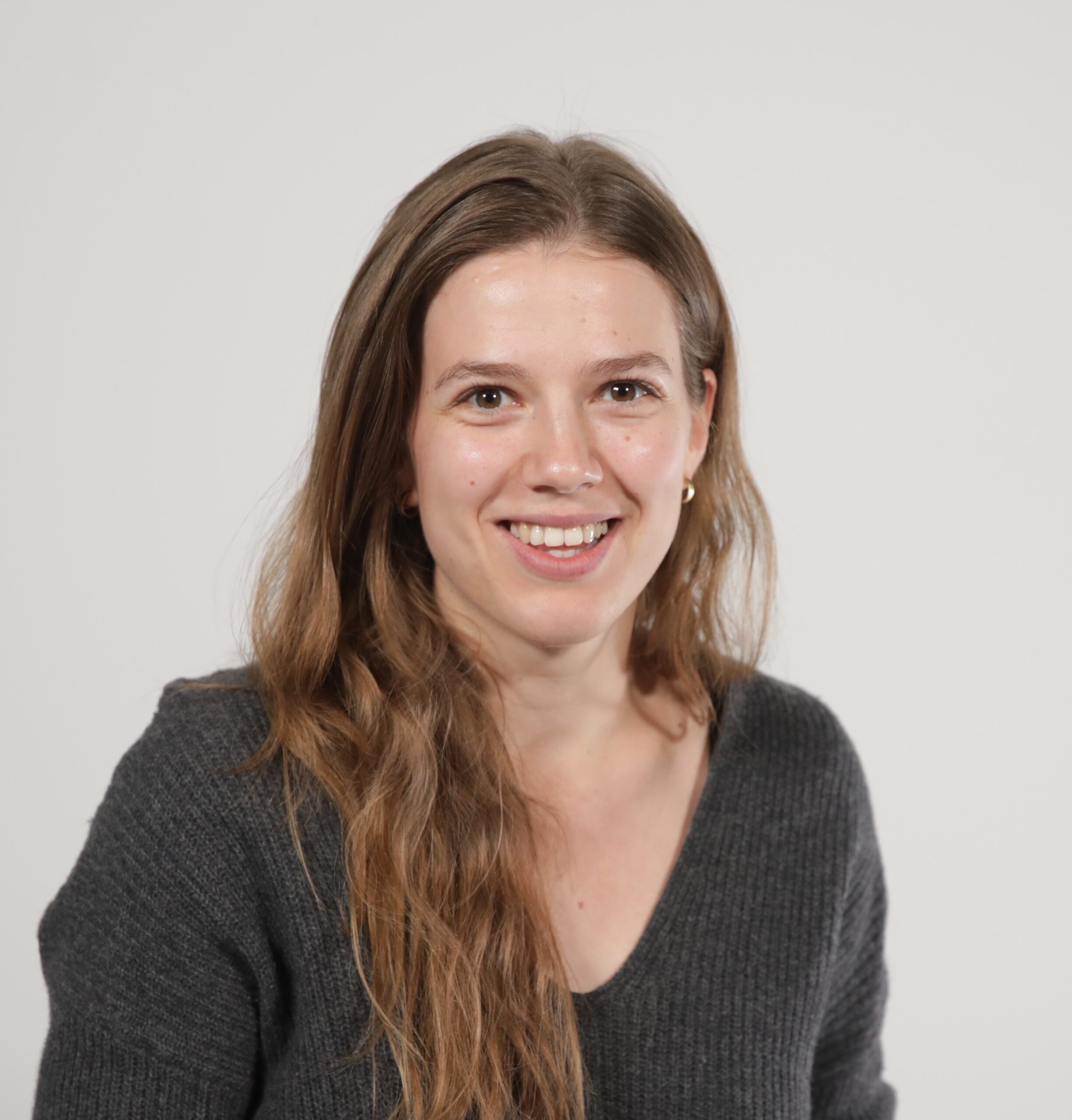
Quantum Simulating Holographic Matter
Rahel Baumgartner, PhD student at University of Geneva I am going to present ongoing work on theoretical aspects of quantum simulations of a wide class of random disorder all-to-all interacting many-body quantum systems, with a primary focus on holographic states of matter such as the complex-fermion version of the Sachdev-Ye-Kitaev (SYK) model. We propose to…
-
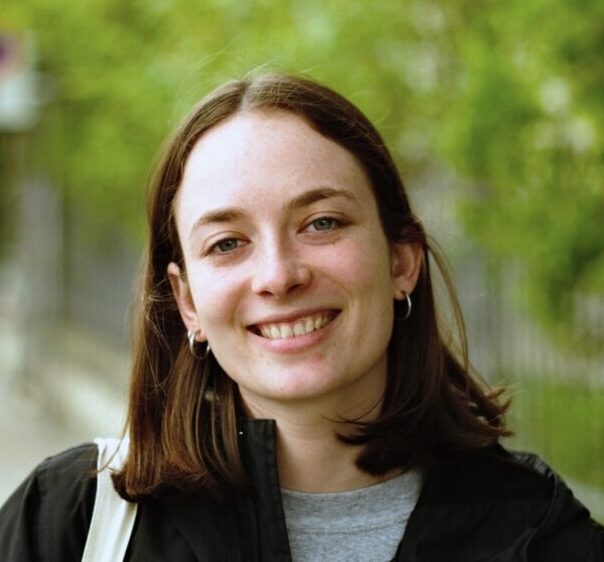
Locally Finite Scattering Amplitudes in QCD
Julia Karlen, PhD student at ETH Zurich In this talk I will present a method for constructing locally finite amplitudes for high-energy physic scattering process. After a brief review of Quantum Chromodynamics (QCD), some challenges posed by infrared and ultraviolet singularities in amplitude calculations are discussed. I will then introduce a novel method for constructing…
-
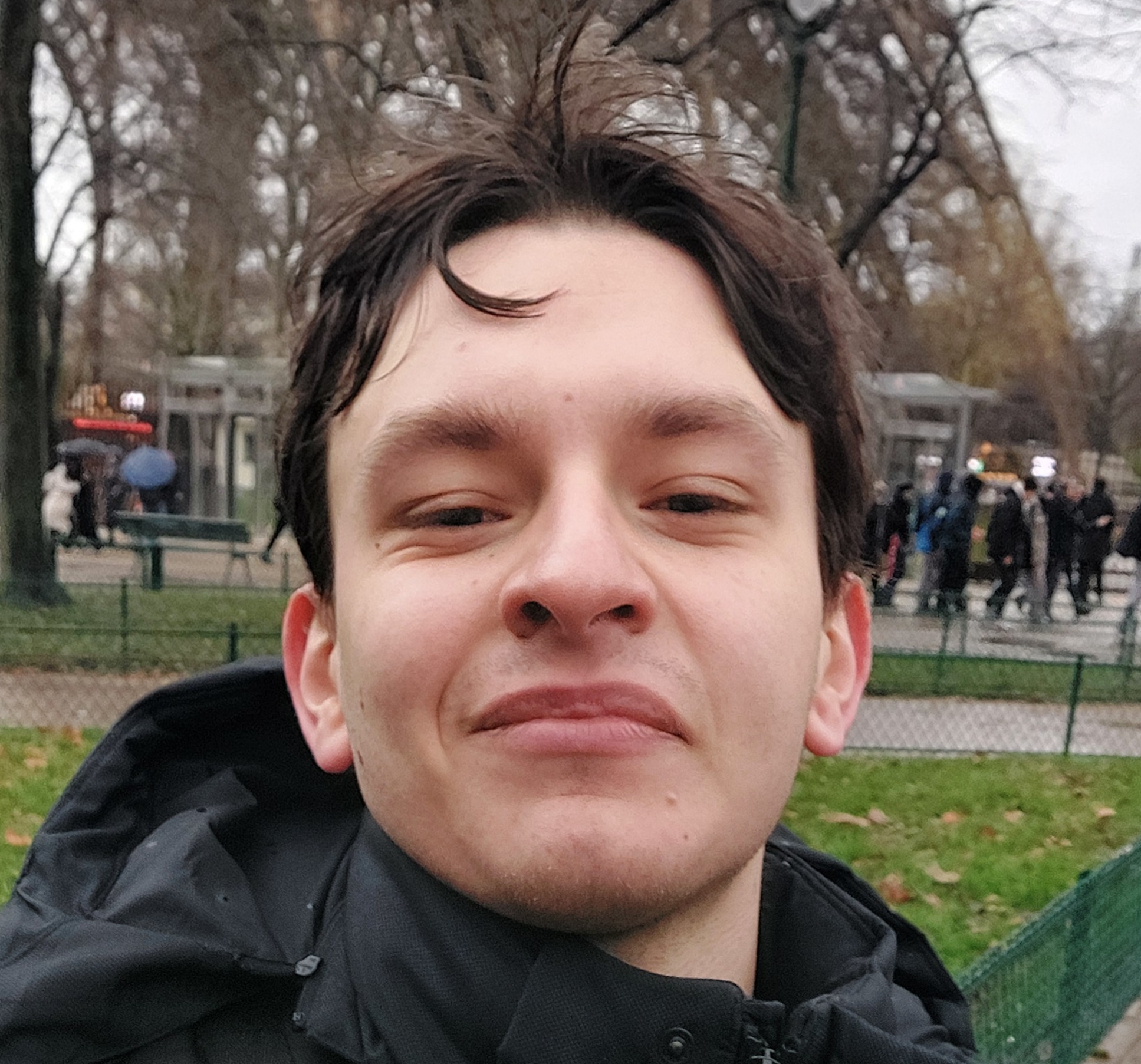
Geometry of the Variational Principle
Raffaele Lomartire, PhD student at I-MATH, UZH This talk will introduce the geometric approach to Lagrangian Field Theory. After a review of some concepts from differential geometry, I will show that foliations are the natural geometric structure involved in the study of (nonlinear) PDEs. The variational principle of LFT is formulated using this geometric PDE…
-
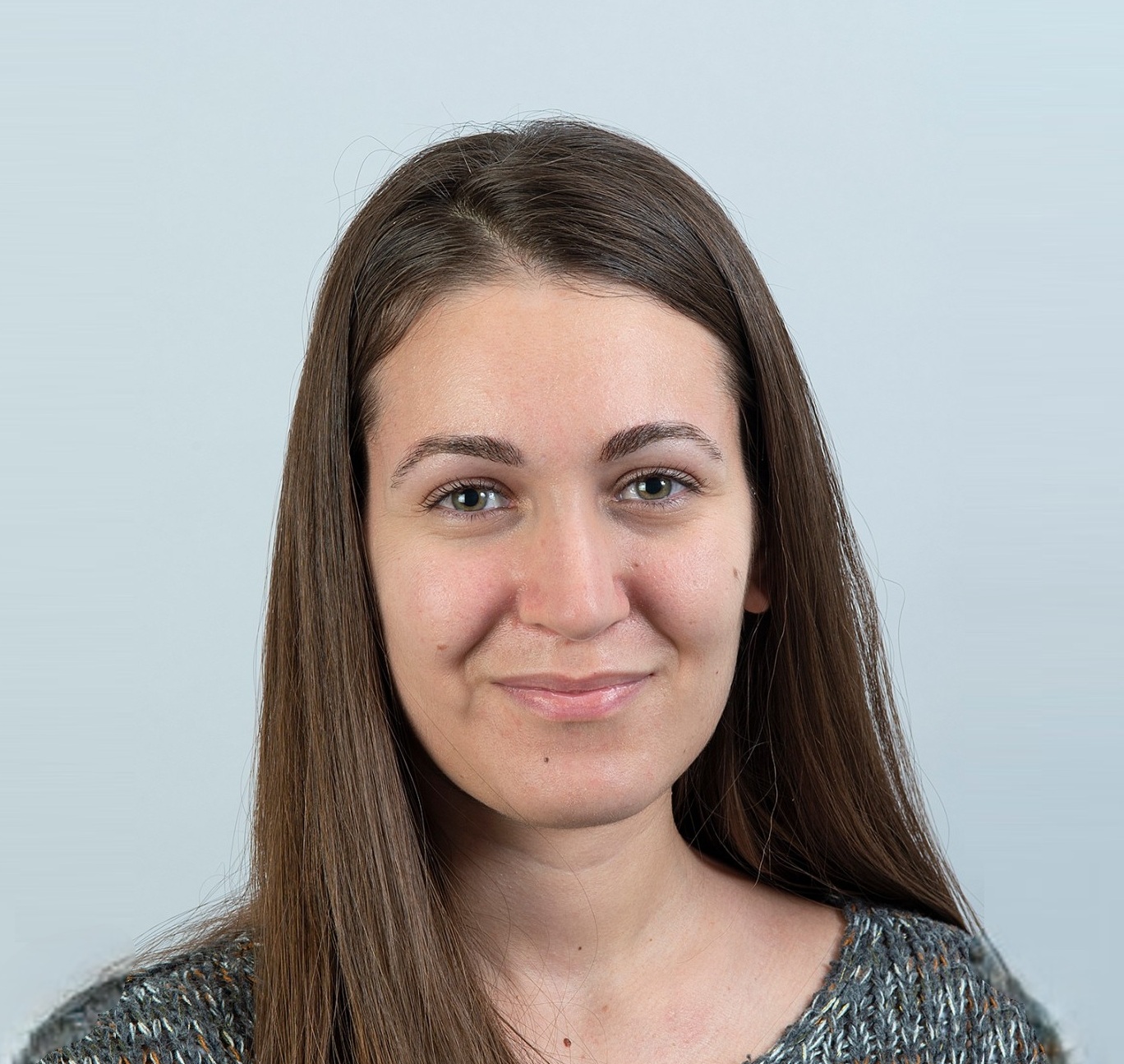
Unraveling the Muon’s g-2 with Lattice QCD Simulations
Paola Tavella, PhD student at ETH Zürich The muon’s anomalous magnetic moment is one of the most precisely measured quantities in physics showing a long-standing tension between the experiments and the Standard Model. In recent years, new theoretical and experimental advances have deepened the mystery, adding complexity to the puzzle.In this talk, we will explore…
-
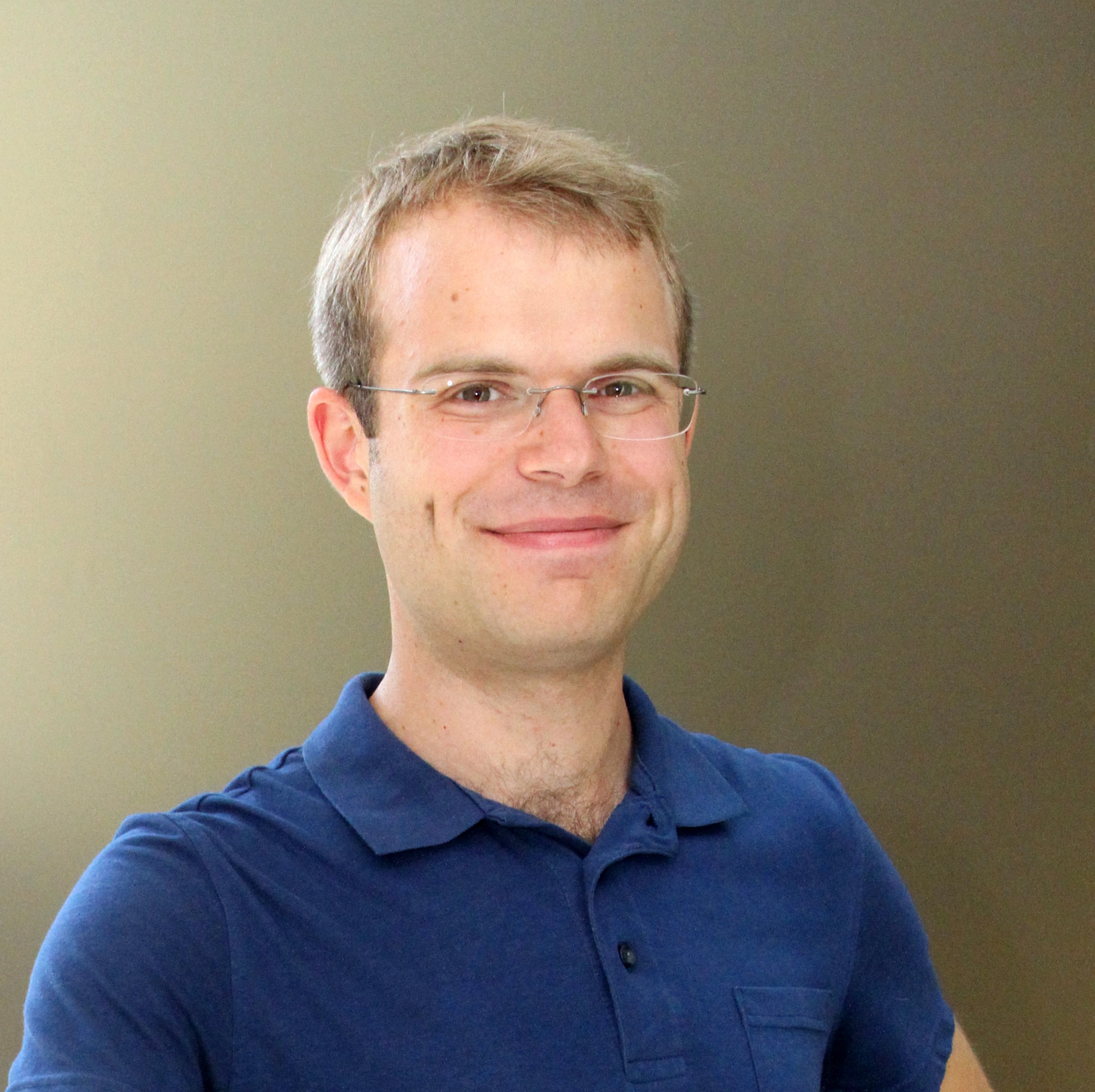
Perturbations and Weak Interactions of Black Holes
Prof. Dr. Peter Hintz, Associate Professor of Mathematics and Physics Following an introduction to general relativity, the Einstein field equations, and recent results on the stability of black holes, I will discuss the construction of new spacetimes out of given ones via the insertion of small black holes. This provides the first rigorous examples of…
-
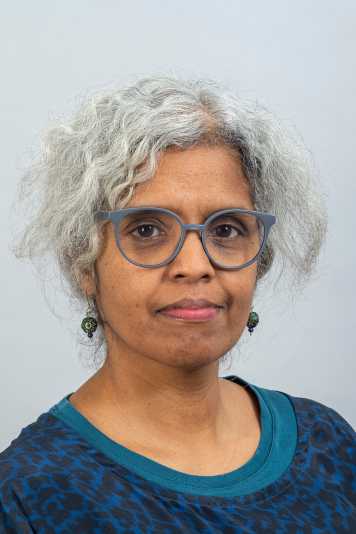
An Introduction to Periodically Driven Systems
Dr. R. Chitra, Senior Scientist in ITP The past decade has seen tremendous developments in the field of non-equilibrium physics. In particular, periodically driven many-body systems, also termed Floquet systems, provide a versatile arena for the exploration of a rich and diverse phenomenology of physics away from equilibrium. In this talk I will briefly introduce…
-

A Monte Carlo Journey Through the 3D XY Model
Roman Kracht, PhD Student at ETH Zürich The XY model describes interacting spins in the plane and captures the essence of the topological Berezinskii–Kosterlitz–Thouless (BKT) transition observed in systems such as superfluid helium or superconducting films. The vortex excitations that drive the BKT transition arise in a strictly two-dimensional setting, but real materials often consist…